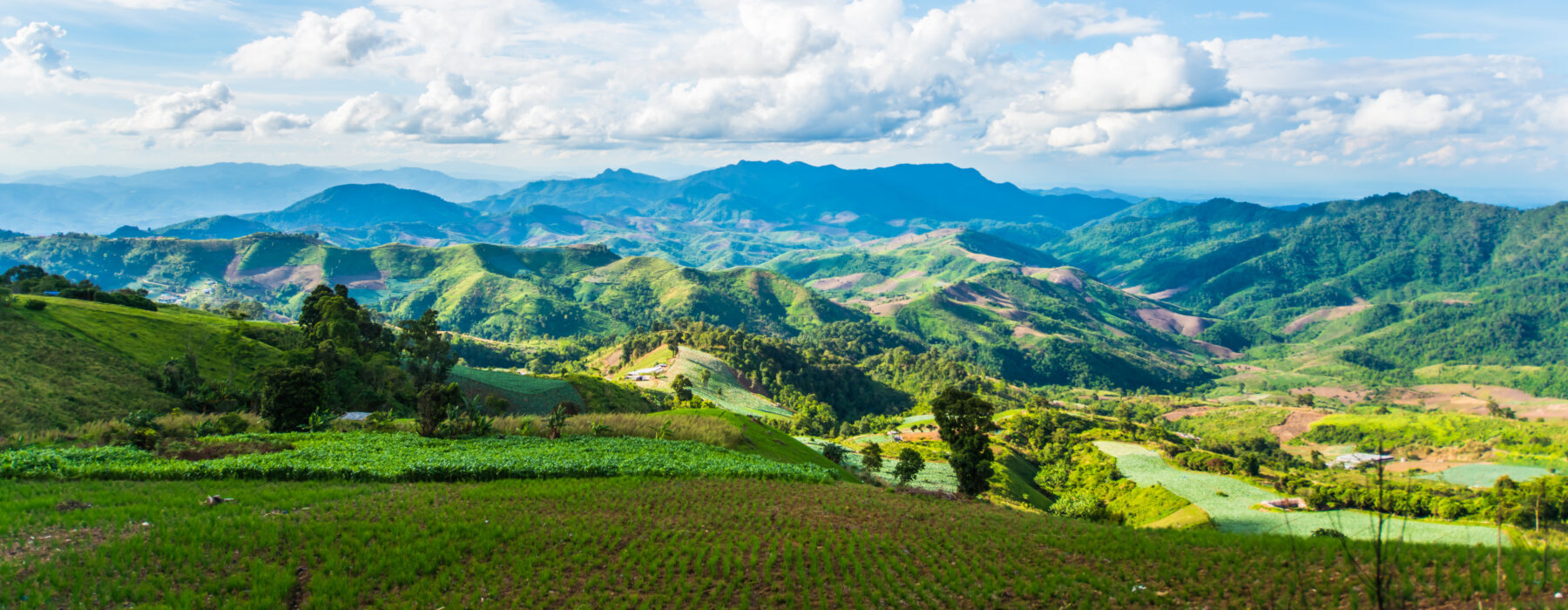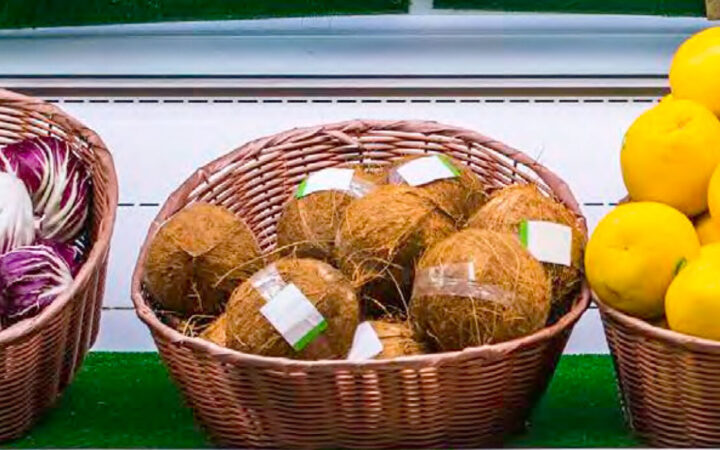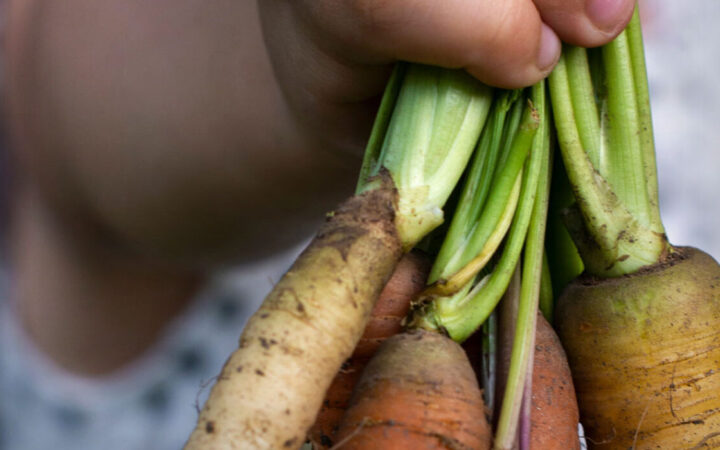The report provides advocates and policymakers with a primer on food systems resilience and gives policy options for strengthening food systems resilience using a food security framework.
Introduction
Over the course of several hours in September 2017, Hurricane Maria destroyed around 80 percent of Puerto Rico’s agricultural production for the year. Yet Carlos Flores Ortega, Secretary of Puerto Rico’s Department of Agriculture, expressed early optimism that the agricultural sector could recover from its losses and rebuild stronger, ready to withstand the next hurricane. Puerto Rico’s experience with Maria, while extreme, is not unique. Severe storms and other adverse weather events can significantly disrupt food system processes wherever they occur. These destructive events are then followed by calls for building more resilient food systems. Businesses, community-supported organizations, and individuals can all contribute to building resilience. But implementing policies to support and foster changes that increase resilience in the food system is also important. From increasing agricultural diversity to collecting and disseminating data regarding food production and food access, this report provides an overview of the types of resilience-focused policies that can better position a food system to withstand crises like natural disasters.
Food systems include food production, distribution, and preparation functions. They also include the farmers, ranchers, fishers, and foragers who produce food, along with the eaters who consume it and all the people who connect those groups to each other. Food systems have always been vulnerable to hazards like pests and bad weather, which can disrupt the smooth functioning of many interconnected components. With climate- related shocks and stressors adding to existing hazards facing food systems, this is a critical time to examine food system vulnerabilities and work to ameliorate them. Increasingly, policymakers and scholars alike are turning to the concept of resilience to predict, assess, and improve how systems and the actors within them cope with disruption.
This report considers the question of food system resilience from a policy perspective. There are two broad goals embedded within the report’s five sections. The first goal is to provide food system advocates and policymakers with a primer on the current state of resilience thinking, especially as it applies to food systems. The second goal of the report is to present a suite of policy tools for strengthening food system resilience. Part II analyzes the rich vein of scholarship on resilience to identify attributes that best characterize resilient systems and resilient food systems in particular. In Part III, food security is used as the normative benchmark for guiding advocates and policymakers in resilient food system development. It sets the standard of a society in which “all people, at all times, have physical, social and economic access to sufficient, safe and nutritious food that meets their dietary needs and food preferences for an active and healthy life.” Part IV identifies policies for promoting resilient food systems, including policy options for supporting each pillar of food security by strengthening a range of resilience attributes. By grouping policy options this way, the authors hope to aid advocates and policymakers in developing and adopting policies that build and foster resilience within their own food systems or to complement efforts they are already undertaking. Finally, Part V consists of a case study on Puerto Rico, applying the findings throughout the report to current policies and policy proposals for building food system resilience in Puerto Rico.
Acknowledgements
This guide would not have been possible without the assistance, cooperation, and production support of the following members of the Center for Agriculture and Food Systems at Vermont Law School: Laurie Beyranevand, Director; Claire Child, Program Manager; Lihlani Nelson, Associate Director; and Laurie Ristino, former Director. We would also like to thank the following Vermont Law School students for their research support: Michaela Koke, Avrielle Miller, and Serena Tang. We would also like to thank the Law Library of Congress, whose research formed the basis of the short policy profiles in this report. We would like to thank the following people for reviewing this guide. The views expressed in the report do not represent the positions of the reviewers or their affiliated institutions. Cristina M. Banahan Ferrer; Angélica Valderrama, Research Associate at Institutional Shareholder Services. Report layout and design: Andrea DiMattina. This guide was produced with support from the USDA National Agricultural Library.
Suggested Citation
Jenileigh Harris & Emily J. Spiegel, Vt. L. Sch. Ctr. for Agric. and Food Sys., Food Systems Resilience: Concepts & Policy Approaches (2019), https://www.vermontlaw.edu/sites/default/files/2019-07/Food%20Systems%20Resilience_Concepts%20%26%20Policy%20Approaches.pdf.





